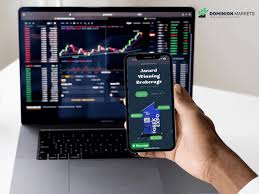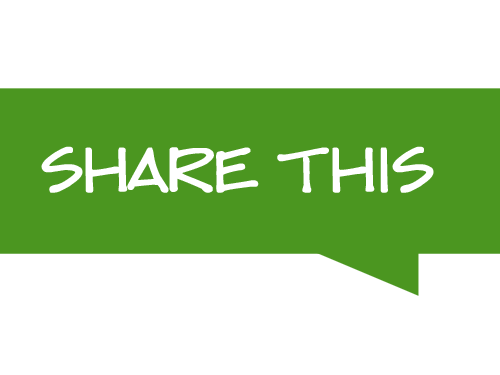
Choosing the right platform for forex trading is crucial for both beginners and experienced traders. A well-suited platform can significantly enhance your trading experience, providing the necessary tools and resources to succeed in the fast-paced world of foreign exchange trading. Among the many options available, platform for forex trading Trading Platform CM stands out for its user-friendly interface and comprehensive features. In this article, we will explore the key aspects of selecting the right forex trading platform.
Understanding Forex Trading Platforms
Forex trading platforms are software applications that allow traders to buy and sell currencies. These platforms vary in complexity and functionality. Some are designed for beginners, while others cater to professional traders with advanced features. Common functionalities include real-time market data, charting tools, news feeds, and automated trading capabilities.
Key Features to Look for in a Forex Trading Platform
User Interface and Experience
The user interface (UI) of a trading platform is crucial, as it can significantly affect your trading efficiency. A well-designed platform allows for easy navigation and quick access to essential tools. Look for features such as customizable dashboards, easily accessible order types, and intuitive navigation menus.
Regulation and Security
Security should be a top priority when choosing a forex trading platform. Ensure that the platform is regulated by reputable financial authorities (like the FCA in the UK or the SEC in the USA). Regulatory oversight ensures that firm’s operations are monitored for fairness and transparency. Additionally, the platform should have robust security measures in place, including encryption and two-factor authentication, to protect your personal and financial information.
Asset Variety
A diverse range of trading instruments can enhance your trading experience. Although forex trading primarily involves currency pairs, many platforms also offer commodities, cryptocurrencies, indices, and stocks. By having access to different asset classes, you can diversify your portfolio and manage risk more effectively.
Trading Fees and Commissions
Different trading platforms have various fee structures. Some charge a commission on each trade, while others may offer commission-free trading but have wider spreads. Understanding the cost associated with trading is essential, as it can impact your overall profitability. Compare the fees among different platforms to find one that suits your trading style and frequency.
Customer Support
Having reliable customer support is vital, especially for beginners who may need assistance with using the platform. Look for platforms that offer multiple support channels, such as live chat, email, and phone support. Also, consider the hours of operation and response times when assessing the quality of customer support.
Types of Trading Platforms

Web-Based Platforms
Web-based forex trading platforms are accessible directly through your internet browser without the need for any downloads. They typically offer all the essential features needed for online trading. These platforms are convenient, as they can be used on various devices, including desktops, laptops, and tablets. However, they may lack some advanced functionalities found in desktop applications.
Downloadable Platforms
Downloadable trading platforms require you to install software on your computer. They often offer more advanced features, faster execution speeds, and superior charting capabilities compared to web-based platforms. However, they are less portable and can be limited to a single device.
Mobile Trading Apps
The rise of mobile trading apps has made it possible to trade on the go. These apps are designed for smartphones and tablets, enabling you to monitor the market and execute trades wherever you are. Look for a mobile app that has a user-friendly interface, essential trading features, and offers real-time notifications for market movements.
Best Practices for Using a Forex Trading Platform
Practice with Demo Accounts
Most trading platforms offer demo accounts that allow you to trade using virtual funds. This is an excellent way to familiarize yourself with the platform’s interface and features without risking real money. Use the demo account to develop your trading strategy and test different approaches.
Start with a Small Investment
When transitioning from a demo account to live trading, it’s advisable to start with a small investment. This allows you to get accustomed to the emotional aspects of trading with real money while minimizing your risk. As you gain confidence and experience, you can gradually increase your investment.
Continuously Educate Yourself
The forex market is constantly evolving, and continuous learning is key to staying ahead. Keep up with market news, read trading literature, and consider taking courses to enhance your skills. Many trading platforms also provide educational resources, including webinars and tutorial videos, which can be invaluable for traders at all levels.
Conclusion
Choosing the right forex trading platform can significantly impact your trading success. By considering factors such as user experience, security, regulation, fees, and available assets, you can make an informed decision that aligns with your trading needs. Whether you are just starting or looking for a new platform, take your time to research and test different options to find the best fit for your trading journey. Remember, effective trading is not just about the strategies you employ but also the tools you use to execute them.

